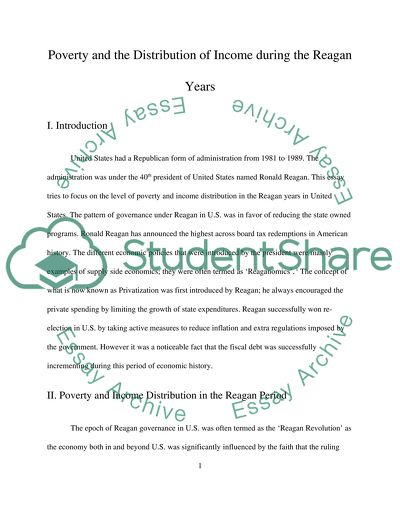Cite this document
(“Poverty and the Distribution of income during the Reagan years Research Paper”, n.d.)
Poverty and the Distribution of income during the Reagan years Research Paper. Retrieved from https://studentshare.org/macro-microeconomics/1483373-poverty-and-the-distribution-of-income-during-the
Poverty and the Distribution of income during the Reagan years Research Paper. Retrieved from https://studentshare.org/macro-microeconomics/1483373-poverty-and-the-distribution-of-income-during-the
(Poverty and the Distribution of Income During the Reagan Years Research Paper)
Poverty and the Distribution of Income During the Reagan Years Research Paper. https://studentshare.org/macro-microeconomics/1483373-poverty-and-the-distribution-of-income-during-the.
Poverty and the Distribution of Income During the Reagan Years Research Paper. https://studentshare.org/macro-microeconomics/1483373-poverty-and-the-distribution-of-income-during-the.
“Poverty and the Distribution of Income During the Reagan Years Research Paper”, n.d. https://studentshare.org/macro-microeconomics/1483373-poverty-and-the-distribution-of-income-during-the.


